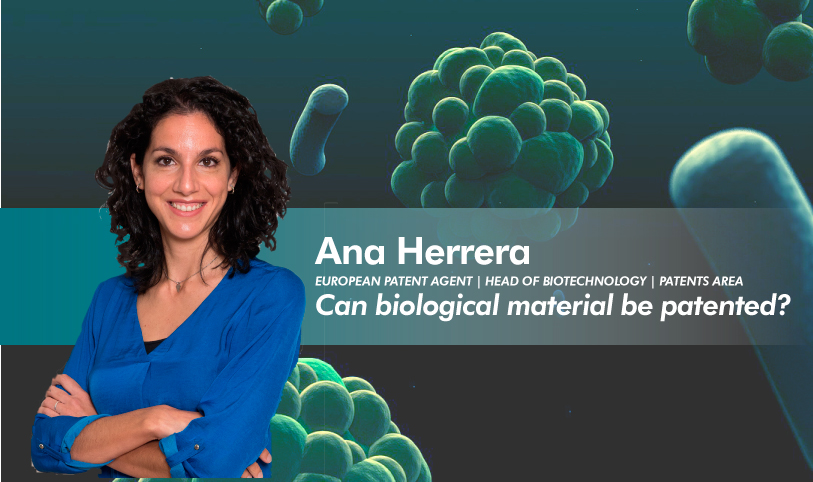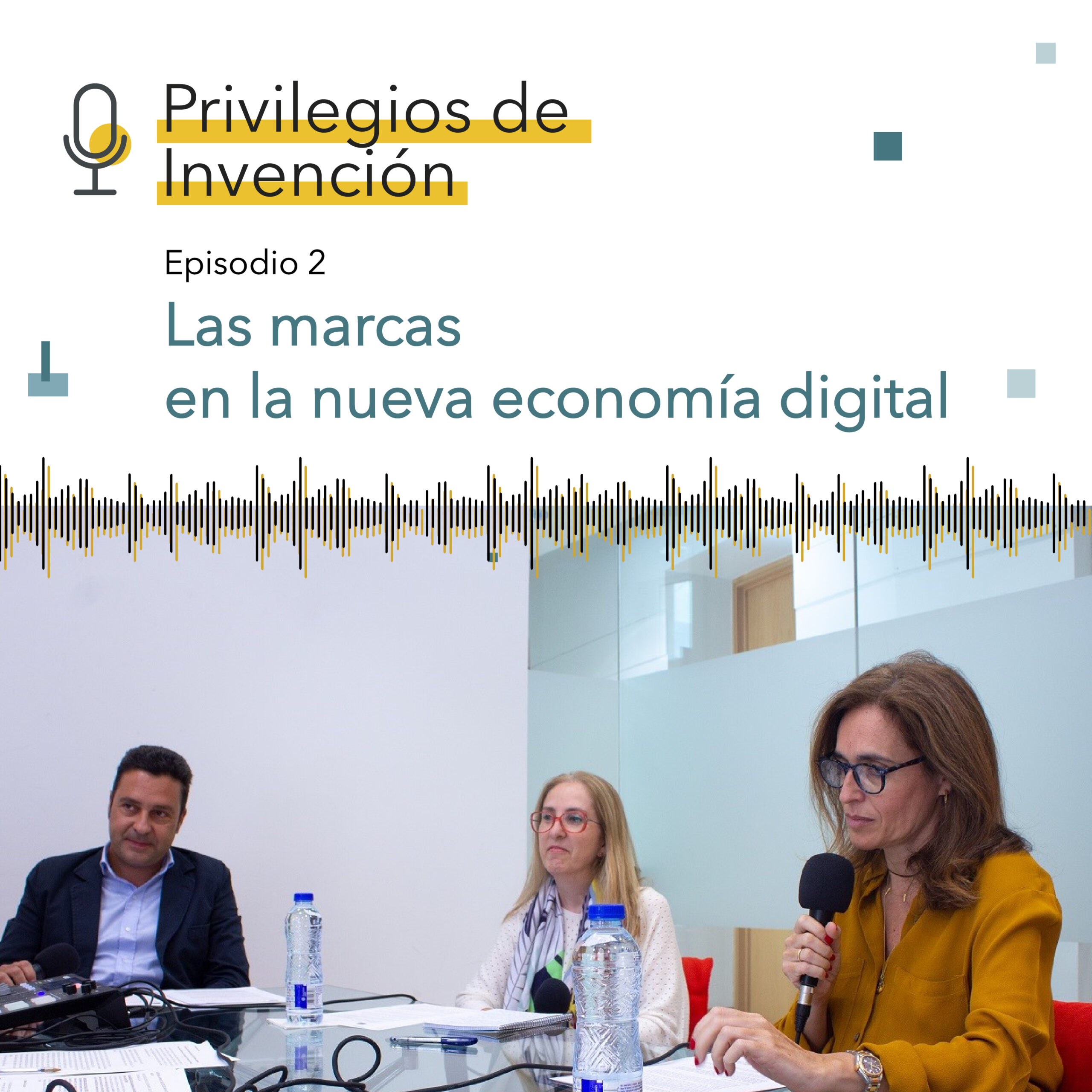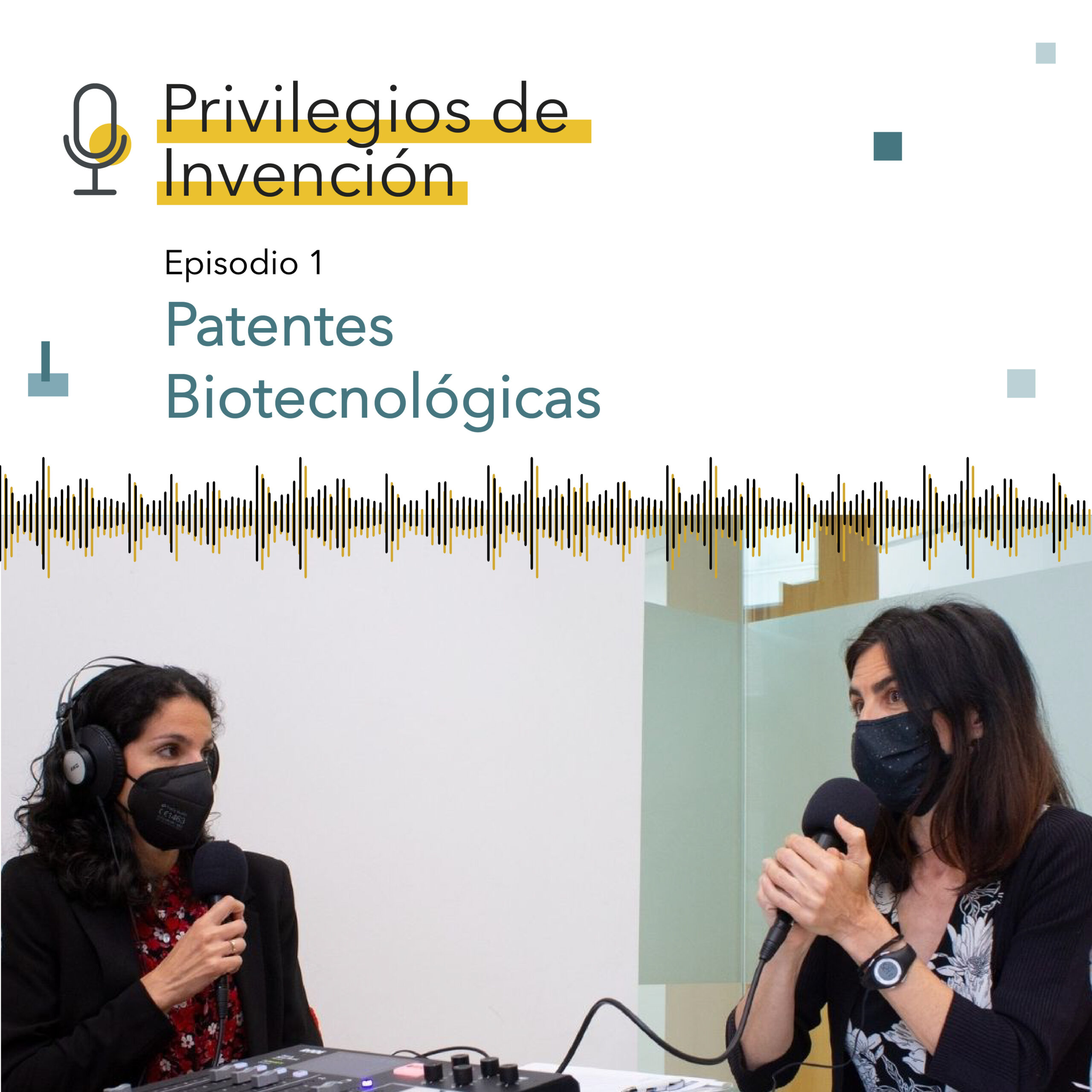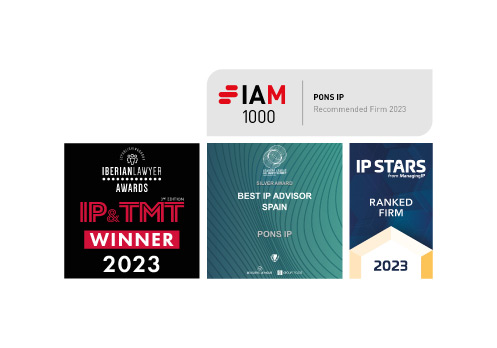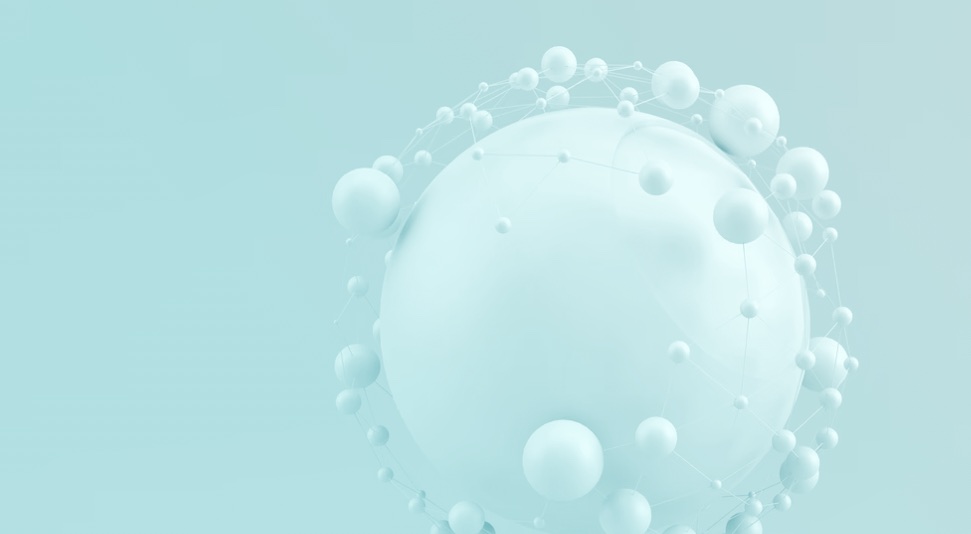Patent protection for inventions involving living beings or their components is highly controversial. Among other reasons, this is due to the bioethical implications involved in granting a holder an exclusive exploitation right over something that actually already exists in nature and that may even belong to the subject from which the biological sample that gave rise to the invention was obtained. As a result, and due to the high number of developments in this field, which has been growing for some time now, all patent laws around the world have been compelled to include specific provisions relating to biological material that regulate what may or may not be protected by patent, and how to do so.
First of all, it is important to differentiate between:
- inventions based on a product, for example, a microorganism (bacteria, fungus, yeast…), which has been merely isolated from its natural environment and has not been modified in any way, and
- those in which such a product, after having been isolated, has undergone some modification as a result of human intervention, for example, a process of genetic improvement to optimize its commercial application.
In the second case, there are no limitations on patent protection since it is considered to be a new product, created or at least artificially manipulated, which does not exist naturally and has been the result of an improvement process carried out, for example, in a laboratory. However, in the first case, there are certain limitations that should be taken into account.
Regardless of the rights that may or may not be granted to the people who are the source of the biological material in question, it is important to know that some territories, such as Spain and Europe in general, do allow the patenting of elements that have simply been isolated from nature, even if they have not been modified or subjected to human manipulation to undergo any kind of change or optimization. Thus, under the protection of these laws, genes and proteins from any source (including, for example, antibodies isolated from human or animal bodies, enzymes, etc.), cells (e.g. from humans, animals or plants), viruses, microorganisms, etc., can be protected by patents.
The only requirements to be met by this type of inventions, in addition to the general conditions for any other type of invention, is that they must have an industrial application, such as their use in the production process of a commercially relevant product, which could be pharmaceutical, food, biofuels or any other type of product. In other words, biological material, even if it is identical to that found in nature, may be patented in those territories that allow it, provided that a specific application or use associated with it has been identified. The use can be therapeutic, food, as a catalyst for an industrial reaction, etc.
In addition, to comply with the requirement that the invention can be reproduced by an expert, provided that the patent application cannot fully describe the said microorganism/cell/antibody, it must be deposited, for patent purposes, at a depositary authority recognized by the Budapest Treaty prior to the date of the patent application. Said depositary authority will check the feasibility of the biological material deposited and give it a deposit number and a date of deposit which will be mentioned in the patent application. In this way, if someone wanted to reproduce the invention and could not obtain the ‘source materials’ to do so, they could request a sample of such material from the depositary authority upon authorization of the depositor.
However, other laws are more restrictive in terms of what can be protected by patent in relation to inventions that refer to biological material and, thus, countries such as the United States, Australia, Brazil, Colombia, Peru, Uruguay, Venezuela and Ecuador do not recognize as patentable microorganisms, cells, genes, proteins or antibodies that have not been modified by human intervention and that have simply been isolated from their natural environment and therefore exist as they are in the environment or in the human or animal body. Thus, if applicants wish to obtain protection for their developments in any of these countries, they have to consider strategies such as associating the biological material with some other artificial element that, when combined, does not exist naturally, bearing in mind the consequences that this implies in terms of the final scope of protection that will be obtained in these territories, which will be more limited than in countries that do allow protection of such material itself.
For all these reasons, when dealing with inventions involving biological material, it is essential to be aware of the limitations and casuistry that may arise in the patent systems of certain countries to foresee, prevent and deal with them even as early as the drafting of the first patent application.
Bioethical implications aside, what is unquestionable is the tremendous boom in this type of patent applications that have to do with inventions that seek to protect living elements and which, undoubtedly, also serve as a boost to innovation and development in numerous industries. The textile, paper, cosmetics, pharmaceutical, food, wine, bioremediation or soil decontamination or biofuel industries are just some examples of sectors that clearly improve their processes from the improvements obtained from this type of biotechnological inventions.
These developments bring about improvements and enrich the social and business ecosystem, therefore, protecting and turning them into competitive assets is essential. Clearly, the best way to do this is through a patent, with a strategy that takes into account all the above considerations and seeks to protect living matter as effectively and safely as possible.
Ana herrera
EUROPEAN PATENT ATTORNEY | HEAD OF BIOTECHNOLOGY | PATENTS DEPARTMENT
